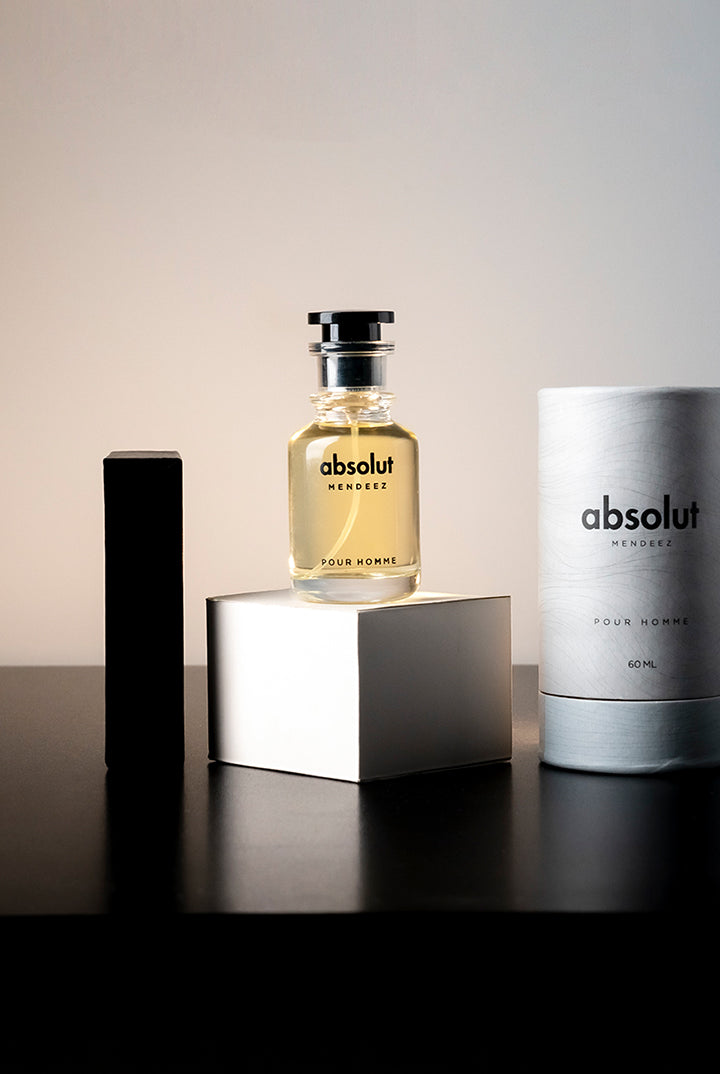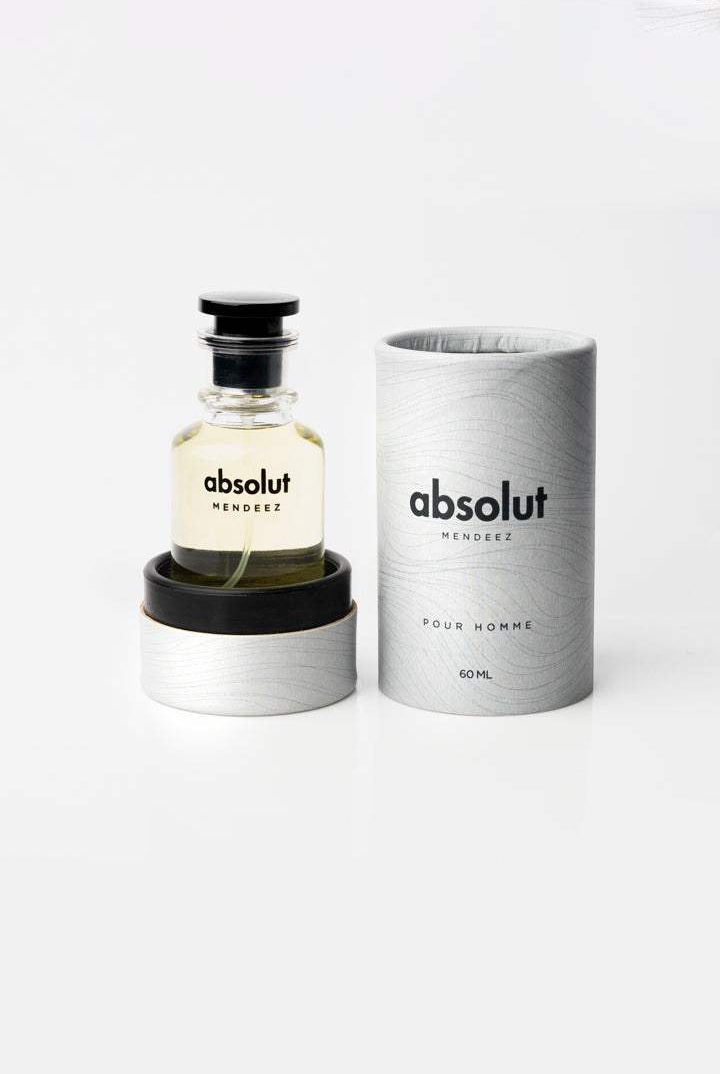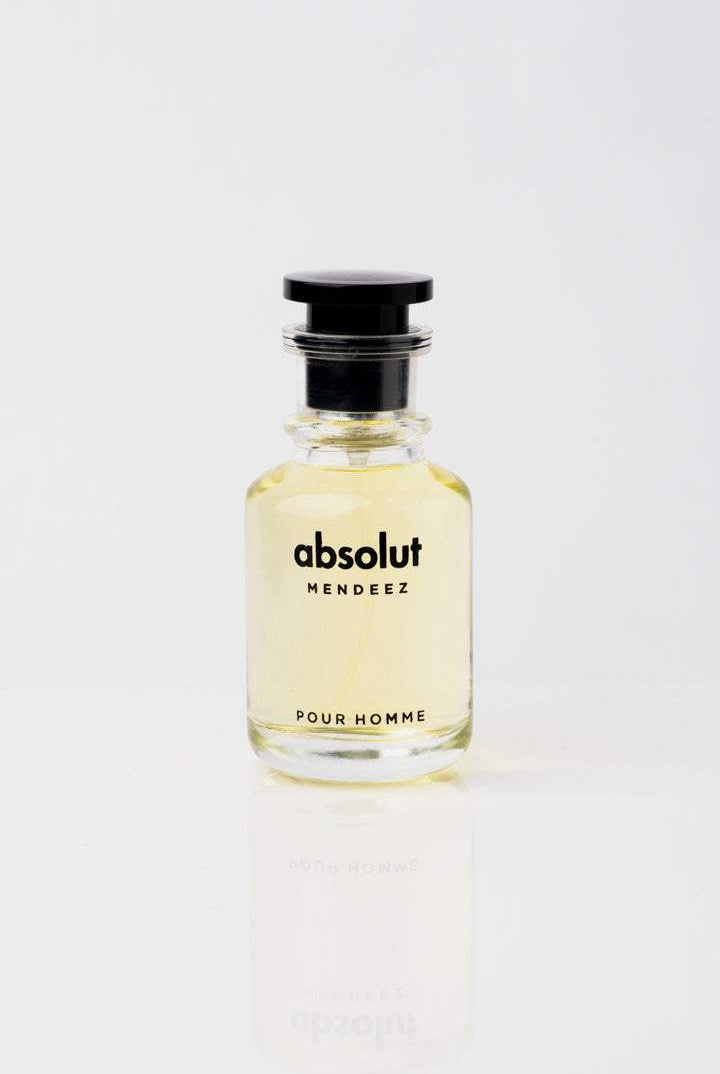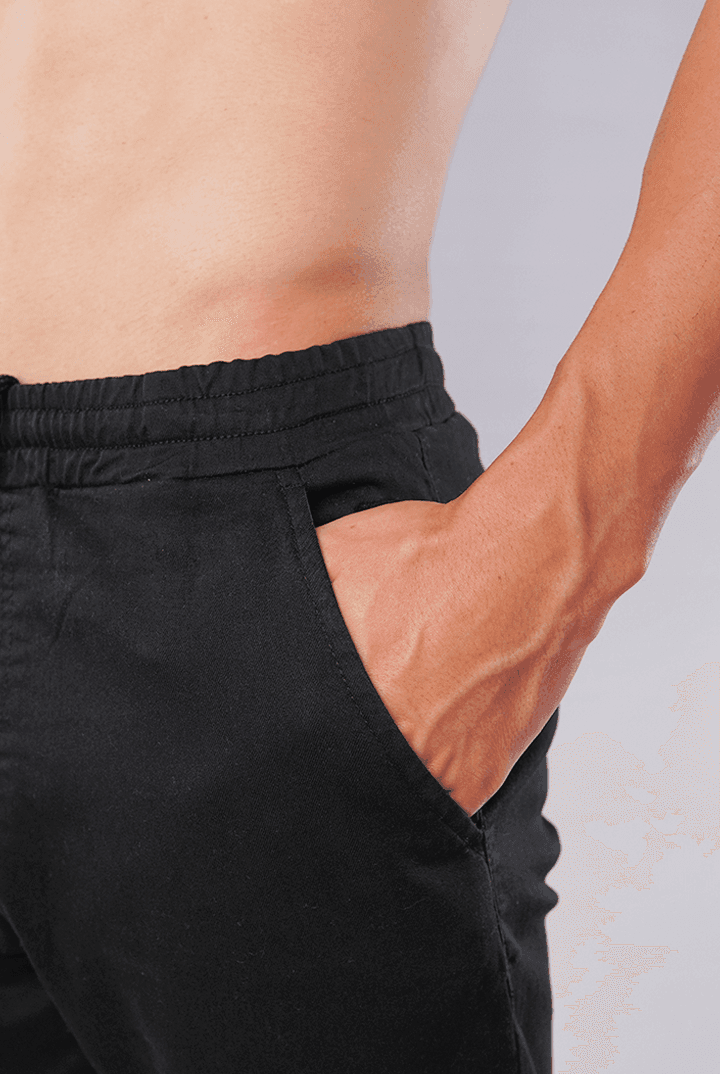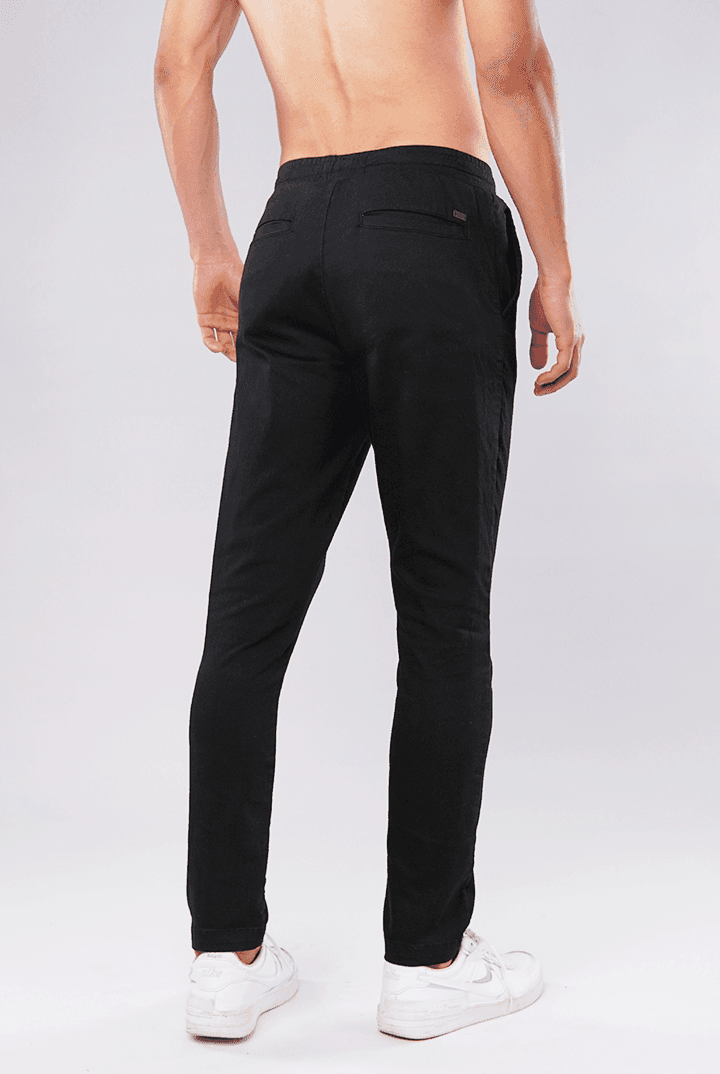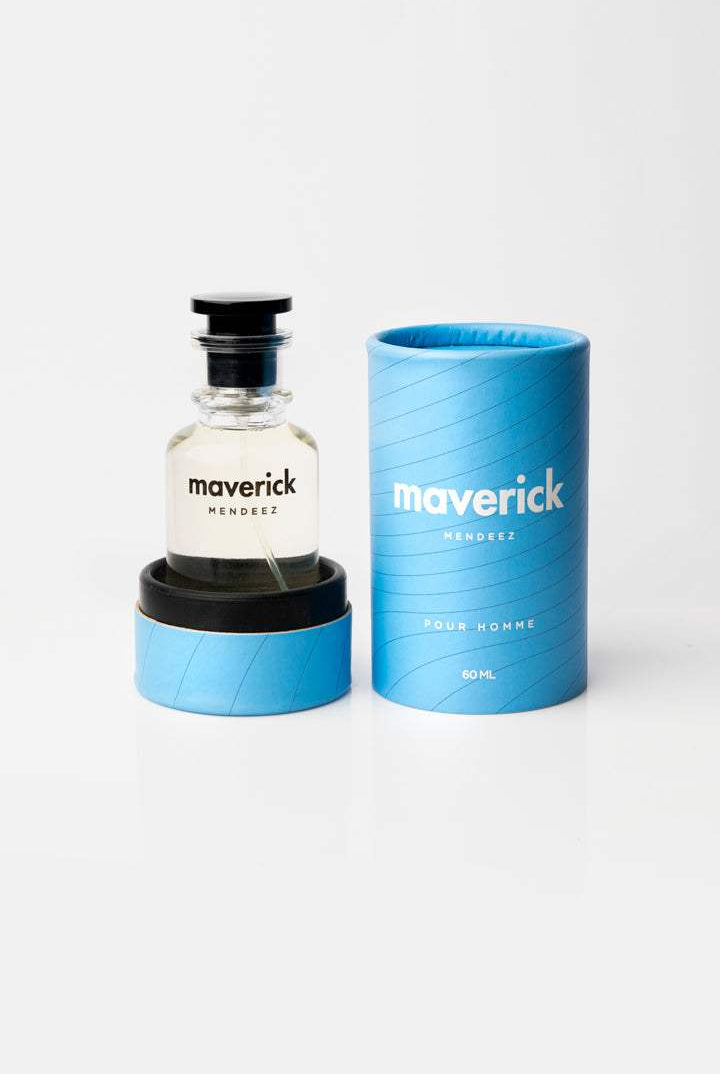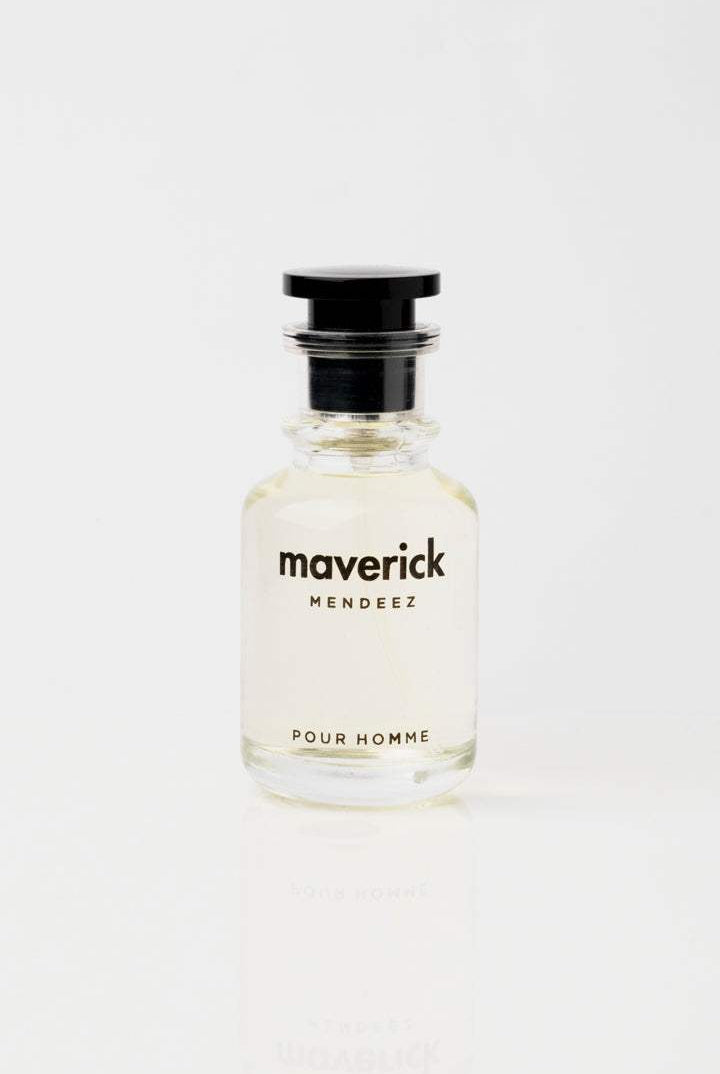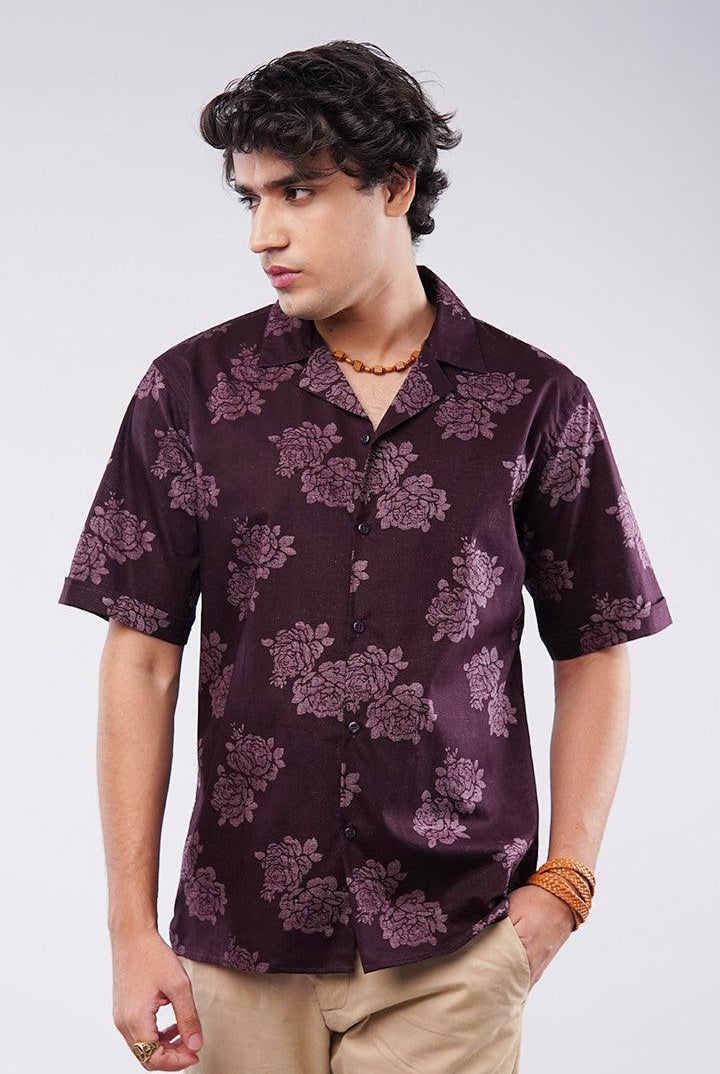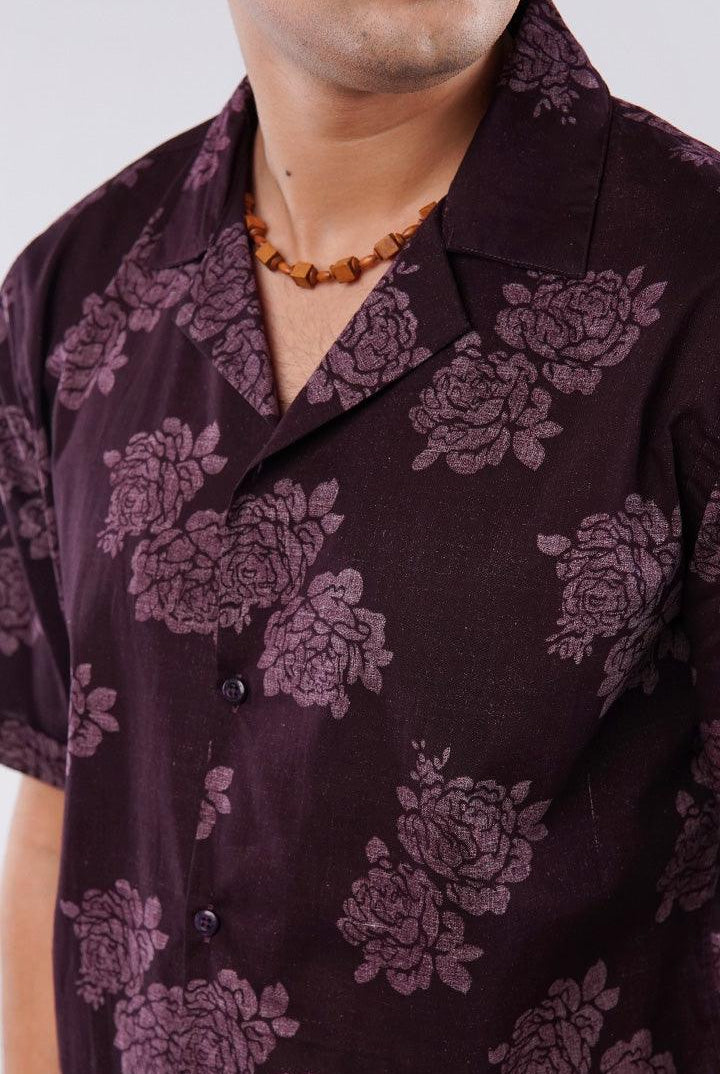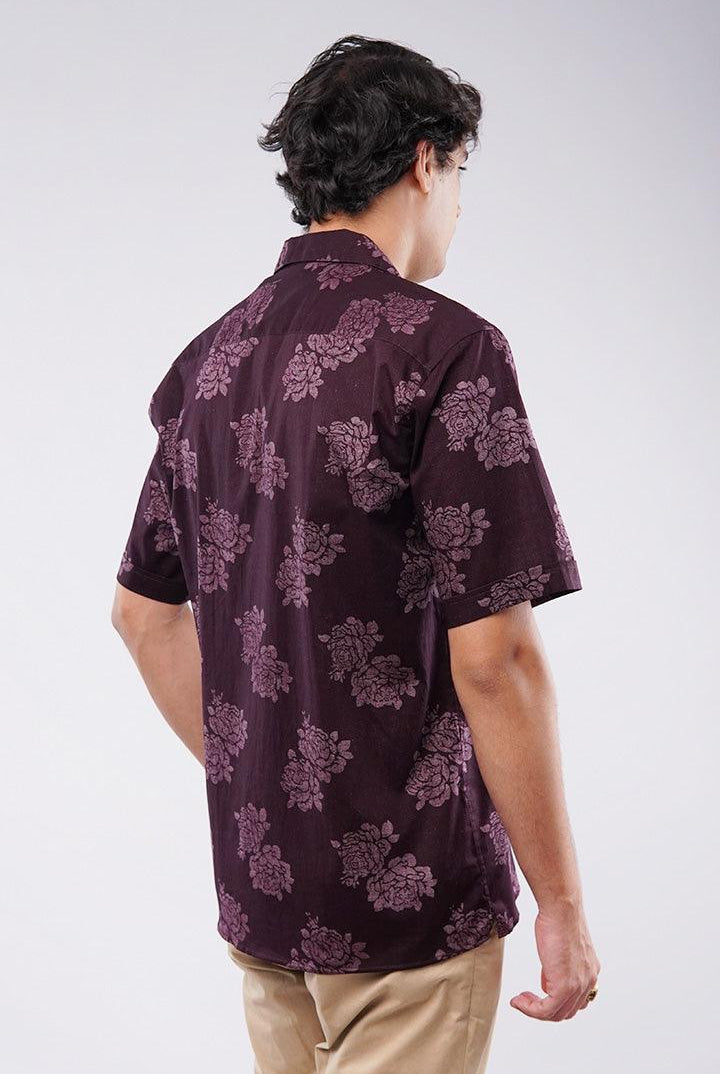Effortless Maintenance for Personal Wear and Timeless Outerwear
Taking care of your wardrobe basics does not have to be dull. Efforts such as these will ensure the longevity of your goods and will keep them looking fresh from silken underwear to key pieces of a leather jacket. This guide lays out tips on keeping a how to clean leather jacket and caring for intimate apparel with a small amount of effort so both the everyday necessities and statement outerwear will benefit.
A simple application of these techniques can help you keep your clothing alive for a longer time and still keep them in top condition.
Caring for Intimate Apparel
The very definition of intimate apparel allows for their care to be of utmost consideration: not only do they involve delicate fabrics, but they are also put to much use. Most of these undergarments usually contain cotton, lace, or some other form of synthetic mixture that requires gentle washing to retain their very shape, elasticity, and comfort.
Washing with Care
Well, I suppose one could probably check the care label on one's Undergarments before washing it. Actually, most of them would prefer the proper hand wash or a fairly gentle machine cycle. Always use a cold wash with a mild delicate detergent, for fear that otherwise, one might damage the fibers. If machine wash is used, then all those should be put in mesh laundry bags to get snagged or stretched upon. Such harshness goes to create problems later while using this wash in terms of making the colors fade or elasticity of elastic bands becomes weaker.
For handwashing: Fill a basin with lukewarm water and a gentle detergent, plus some time to clean, for handwashing. Let soak for 5 to 10 minutes, then agitate gently to loosen dirt or sweat from items. Make sure not to leave any soap because this may irritate skin or damage fabric. Do not wring or twist delicate items: press gently between a clean towel to get them damp.
Drying and Storage
Drying the undergarments in the air is the safest alternative to drying them in a machine. Lay it gently on a clean and dry towel or hang it on a well-padded hanger to retain shape. Direct sunlight or intense heat should be avoided lest fading or shrinkage will occur. Even under gentle heat, muscle and softer fabrics should not be put to tumble drying if there exists a safer alternative.
Separate Undergarments into a certain drawer or an appropriately sized divider, folded neatly. Ensure that there are no overcrowded drawers, as this will crush delicate lace or stretch elastic. If stacked bras are put away with cups nested, they will preserve their shape quite well. In humid weather, adding silica gel packets will help absorb moisture and avert possible mildew.
Stain Removal and Odor Control
After probably soaking in cold water with either vinegar or baking soda, the stain has to be applied directly in most cases as a treatment. If the strongest smells arise, then half a cup of white vinegar should be used in the rinse cycle, as it neutralizes smells and is not damaging to the integrity of the fabric.
Bodily fluids stains or stains with sweat, body oils, or lotions are common. For strong stains, cold water is taken along with a treatment of either vinegar or baking soda. For very strong smells, half a cup of white vinegar used in the rinse cycle will neutralize smells but will not damage the integrity of the fabric.
Frequency of Washing
Washing of intimate garments should be done after every 1 to 2 wears depending on the activities done and the climatic conditions. Too much washing will tend to wear off the fabrics quicker therefore try to find some balance between the two. Where items such as sports bras, which absorb a lot of sweat, are concerned, it is best to wash such items after each use.
Maintaining a Stylish Leather Outerwear Piece
It is an evergreen investment, a symbol of fashion and toughness, for a leather jacket properly cared for. In contrast to garments we don each day, leather items require specific means of maintaining that softness and shine.
Cleaning Your Leather Outerwear
Gently wipe away dust and dirt visible on the leather jacket using a soft, dry cloth. For deep cleaning, a damp cloth with a little mild soap-saddle soap or other leather-specific cleaner should suffice. Apply circular gentle action on high-abrasion areas that may get oils rubbed off from the skin, such as the collar or cuffs. Do not soak; excess water may warp or crack the leather.
For other stubborn stains like ink or grease, follow the advice of the manufacturer on using a leather-safe cleaner. Before trying any cleaner, check for side effects on a small, inconspicuous portion of the jacket. Remove excess cleaner with a damp cloth, and dry the jacket away from any direct heat sources such as radiators or bright sunlight. Both will dry out the leather.
Conditioning for Longevity
Leather can go dry from time to time and gets cracks or may stiffen up if not conditioned well. Conditioning should be done from every six months to around every twelve months depending on the frequency of use. Use high conditioners; apply on a jacket with a soft piece of cloth touch slight. Massage conditioner in small circular motions to the leather; that brings it moisture and gives a natural sheen to the jacket. Finally, buff the surface with a clean cloth to shine it.
Handling Spills and Weather Exposure
Hides do not withstand moisture attacks, hence prevent your jackets from electromagnetic radiation with household spills caused by rainfalls. The moment it gets wet blot, dry it with clean, dry material and air-dried. Do not dry under a hair dryer or heater. It is damaging as it may shrink or crack the leather underneath. A leather protector spray can also stand against water and stains.
Repairing Minor Damage
You can usually brush small scuff marks or scratches away with a soft cloth or treat them with a leather repair kit. Consult with a leather repairer for any more serious tears or damage; you do not want to cause further damage to the jacket. Most damages can be avoided by a constant care process; now and then, take a look at your jacket to recognize when it is starting to show wear.
You can buff small scuffs or scratches away with a soft cloth, or use a leather-repair kit. Consult a professional leather repairer for more serious tears or damage rather than risking further damaging your jacket. Most damage is avoided with regular care; now and again, take a look at the jacket to see if there are signs of wear.
General Tips for Effortless Wardrobe Maintenance
By turning attention to some proactive maintenance, you would be able to have both your intimate apparel and leather outerwear in the best shape over the long haul. Here are some general guide lines to simplify your routine:
-
Organize Your Cleaning Supplies: Set up a handy basket with mild detergents, leather cleaners, conditioners, and soft cloths so that access is really quick. This makes maintenance feel less like a task.
-
Whether scheduled: wash your undergarments now and clean/condition your leather jacket once in a season to stay ahead of the wear and tear.
-
Invest in Quality Products: Expenses should only be spent on the most effective laundry and leather care products at first, as that will liberate resources in the long run because you will have less need to purchase replacements.
-
Read Care Labels: Always comply with manufacturer's commands to avoid mistakes that cause damages, especially for delicate or specialty items.
-
Spot Clean As Much As Possible: For both undergarments and leather, addressing small stains or dirt immediately avoids intensive cleaning later.
Why Maintenance Matters
Attending to your wardrobe essentials goes beyond the aesthetic-it is also about the environment and the health of your wallet. The less frequently intimate apparel and leather outerwear require replacement, the more money one can save as well as reduce waste. Leather jackets that are maintained well can last over decades, becoming one of the signature pieces in one's wardrobe. On the other hand, well-maintained undergarments guarantee that the individual can experience comfort and confidence while going about their daily life.
Troubleshooting Common Issues
If a piece of intimate apparel becomes useless because of stretch, it is wise to discard the item, as overstretched elastic may never regain elasticity. Fading or color change will also mean leather jackets would require professional re-dyeing. When in doubt as to how to clean an item or do repairs, get advice from a professional first to avoid expensive blunders. One example is overwashing a delicate fabric and ending up with pilling or poorly cleaning leather and making it lose its natural oils.
Final Thoughts
From personal clothes to timeless outerwear, maintenance depends largely on an intimate understanding of how each piece ticks. Gentle cleaning procedures, correct storing, and timely repairs are your very basic arsenal against the worst. A careful embrace here and there will keep that soft pair of undergarments of yours happy, a brief stroke there will keep your leather jacket looking immaculate; these simple hacks mean the world. Adopt such habits, and your wardrobe will remain sturdy as a rock for many years of loyal service.






